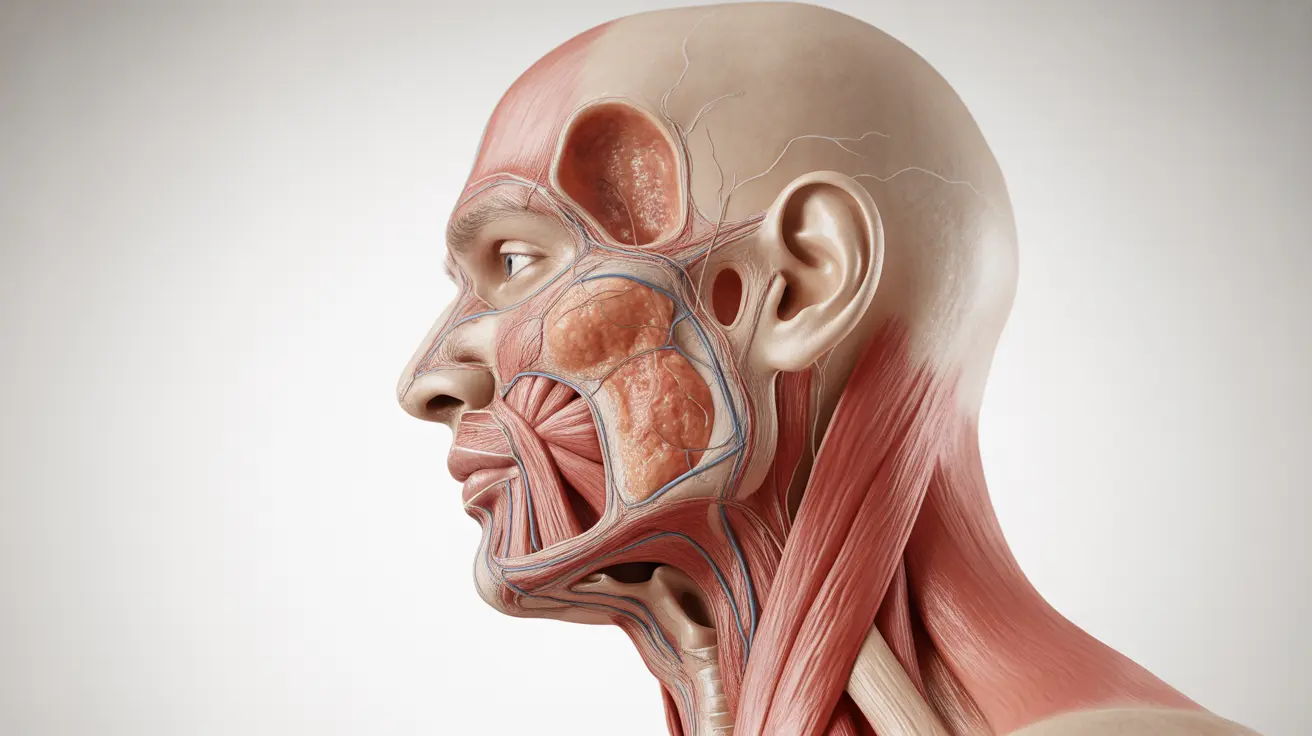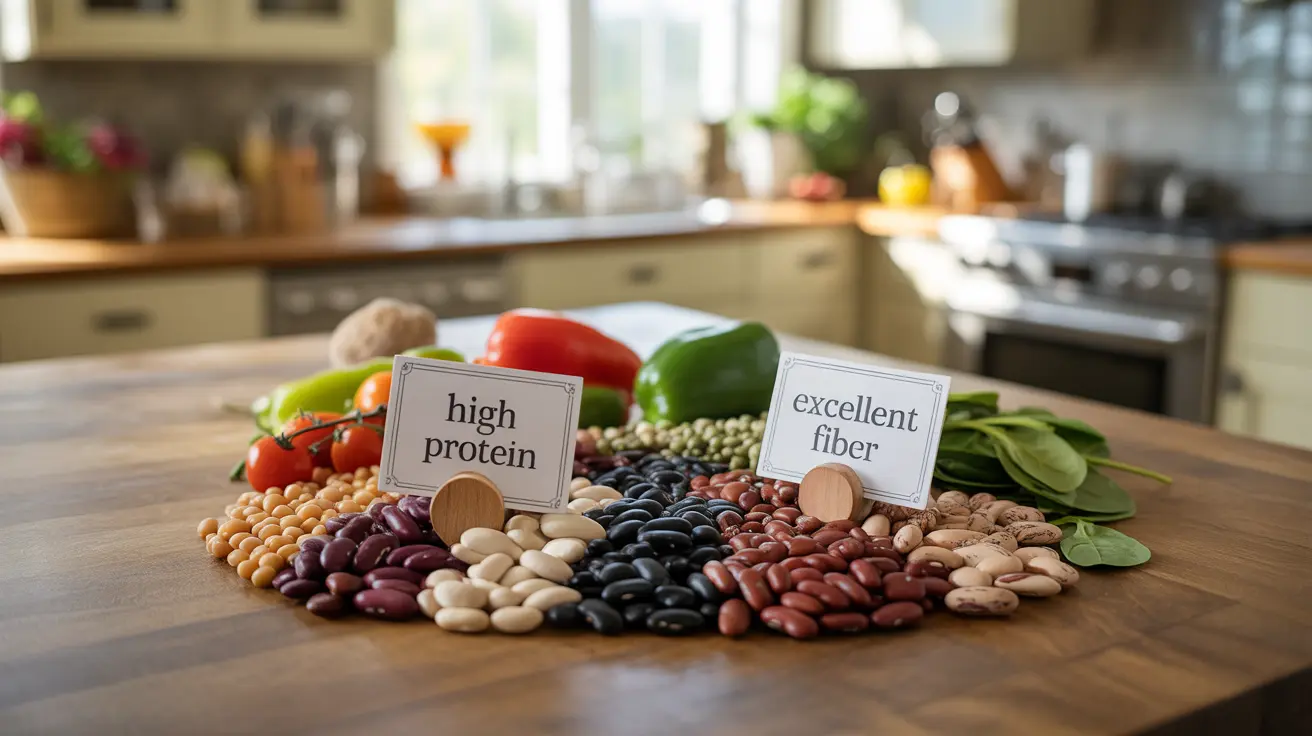Understanding the taste and properties of cornstarch is essential for both home cooks and culinary enthusiasts. This refined corn product plays a crucial role in cooking and baking, yet many people are uncertain about its flavor profile and how it differs from similar ingredients like corn flour.
In this comprehensive guide, we'll explore the unique characteristics of cornstarch, its taste properties, and how it compares to other corn-based products in cooking applications.
The Taste Profile of Cornstarch
Cornstarch on its own has virtually no distinct taste. It's a neutral, flavorless substance that's primarily valued for its functional properties rather than any contribution to flavor. This neutrality makes it an ideal thickening agent, as it won't interfere with or alter the intended taste of dishes.
Understanding Cornstarch vs. Corn Flour
While cornstarch and corn flour both come from corn, they have distinctly different characteristics:
Taste Differences
Corn flour has a pronounced corn flavor and slightly sweet taste, while cornstarch is essentially flavorless. This difference stems from their production methods - corn flour contains all parts of the corn kernel, while cornstarch is purely the extracted starch component.
Texture and Appearance
Cornstarch has a powdery, ultra-fine texture that feels silky smooth. Corn flour, in contrast, has a grainier texture and more yellow color. These physical differences significantly impact how each ingredient performs in recipes.
Culinary Applications and Properties
Thickening Power
Cornstarch's neutral flavor profile makes it an excellent thickening agent for:
- Gravies and sauces
- Pie fillings
- Soups and stews
- Asian stir-fry dishes
- Puddings and custards
Texture Enhancement
When added to recipes, cornstarch creates specific textural effects:
- Produces a glossy finish in sauces
- Creates a crispy coating when used for frying
- Gives baked goods a more tender crumb
- Prevents ice crystal formation in frozen desserts
Nutritional Considerations
Cornstarch is primarily composed of carbohydrates and contains minimal nutrients. Unlike corn flour, which provides some protein, fiber, and nutrients, cornstarch is a refined product that serves mainly as a thickening agent rather than a nutritional ingredient.
Frequently Asked Questions
What does cornstarch taste like compared to corn flour?
Cornstarch is essentially tasteless, while corn flour has a distinct corn flavor and slight sweetness. This is because cornstarch is pure starch extracted from corn, whereas corn flour contains all parts of the ground corn kernel.
Why is cornstarch used as a thickening agent if it has no flavor?
Cornstarch's lack of flavor is actually beneficial as a thickening agent because it won't alter the taste of the dishes it's added to. It allows the natural flavors of other ingredients to shine while providing the desired thickness and texture.
Can cornstarch be used as a substitute for corn flour in recipes?
Cornstarch and corn flour are not directly interchangeable due to their different properties. While cornstarch works well for thickening, it cannot replace corn flour in recipes where corn flavor and nutritional content are important, such as in cornbread or corn tortillas.
How does the texture of cornstarch affect the dishes it is added to?
Cornstarch creates a smooth, silky texture in liquids and produces a clear, glossy finish. When used in baking or frying, it can create crispy coatings and tender textures. It must be mixed with cold liquid before heating to prevent clumping.
What are the nutritional differences between cornstarch and corn flour?
Cornstarch is almost pure carbohydrate with minimal nutritional value. Corn flour contains more nutrients, including protein, fiber, vitamins, and minerals, making it more nutritionally beneficial. Cornstarch has about 30% more calories per serving than corn flour.




